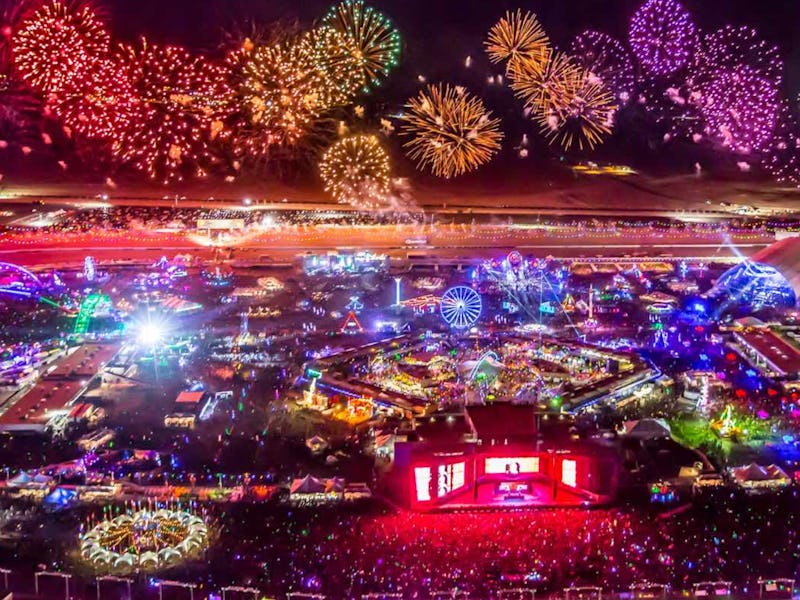When the Electric Daisy Carnival (EDC) rolled into Orlando, thousands of festival-goers took part in spectacular light shows, art, and a showcase of premier EDM acts. They also participated in an experimental first: Orlando’s EDC was the inaugural EDC festival to have its own hospital on site. Its presence was a vote of confidence for the paradigm shift in rave culture, in which harm reduction has become a priority over prosecution for illicit substances.
EDC Orlando, which took place on November 4 and 5, was the sixth visit the festival had paid to the city. The on-site hospital was a collaboration of two agencies: Insomniac, a company that promoted the event, and the Central Florida Disaster Medical Coalition. The 30-cot field hospital, staffed with ten doctors and more than 100 medical volunteers, saw more than 230 festival-attendees over the two-day period.
Despite the on-site hospital, the festival medical team still had to transport 71 patients to the Orlando Regional Medical Center — six more than in 2016. But the Orlando Fire Department’s Deputy Chief of Operations, Keith Maddox, told the Orlando Sentinel that he thinks that is because the festival grew by 15,000. Without the hospital, he says, the number of people of people who would have had to be transported could have been much higher. Notably, there weren’t any critical cases this year, a result that has been chalked up to the hospital presence.
Attendees at the 2010 EDC in Los Angeles, California.
EDC has been at the forefront of criticism and media coverage after a series of deaths and hospitalizations at its festivals. From 2010 to 2016, an estimated nine people have died after attending EDC. The 2010 death of Sasha Rodriguez inspired “Sasha’s Law,” which requires any event in Los Angeles County anticipating more than 10,000 to require services such as free water and on-site medical care.
Initiatives like Sasha’s Law and the presence of a hospital at EDC are a direct contrast to earlier preventative measures taken at festivals, such as the RAVE Act, which is believed to have a negative effect on drug safety because it allows authorities to prosecute venues holding events that might facilitate the use of drugs. This law, in turn, caused some rave venues and festivals to stop offering medical help to people taking drugs out of fear that providing these services would be considered suspect.
The better route, policy reform advocates and medical professionals argue, is putting more energy and resources towards harm reduction over drug demonization. This means more on-site medical care, informed doctors, and new drugs to help treat illnesses triggered by illicit drug use.
A hospital at EDC is a step in the right direction. EDM is a $6.9 billion rising global market with no signs of slowing down. Providing the best medical care possible seems to be the most efficient way to protect the people fueling that industry.
